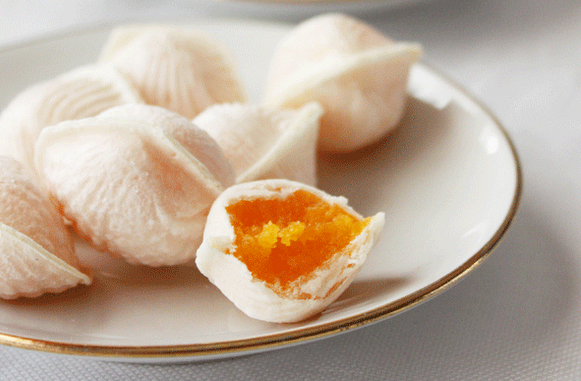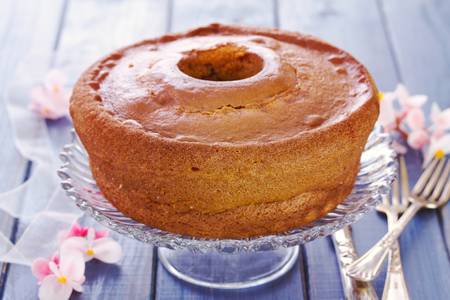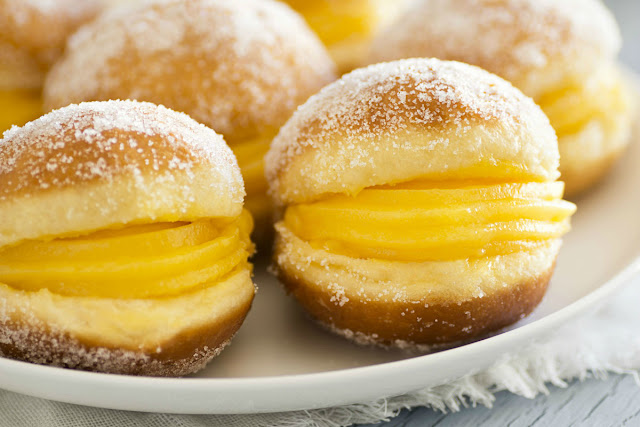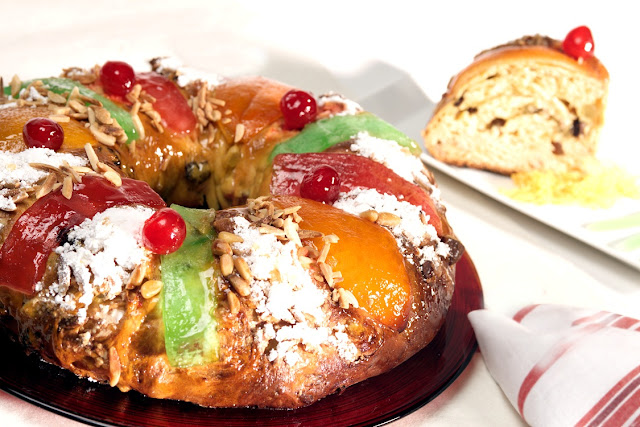Traditional Portuguese desserts: Ovos moles de Aveiro

Ovos moles de Aveiro (soft eggs de Aveiro) These are a typical pastry in the area of Aveiro. They are made of a delicious sweet egg yolk paste, wrapped in a wafer-thin pastry shaped like oysters, clams or fish, as a tribute to the maritime traditions of the region. Its shape is obtained by mixing eggs and sugar indulgently, and it is prepared according to traditional knowledge. The ovos moles come from the ancient feminine convents in Aveiro. After the nuns communities were extinguished, the recipe passed on from generation to generation and it has been kept alive until today. In addition to its strong taste, their shape makes them a truly peculiar pastry. Confectioners were inspired by their closeness to the lagoon and sea elements to transform with their fingers, thin layers into shells, whelks, fish or clams, and fill them with this golden voluptuous dough. ...





